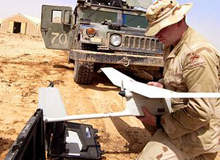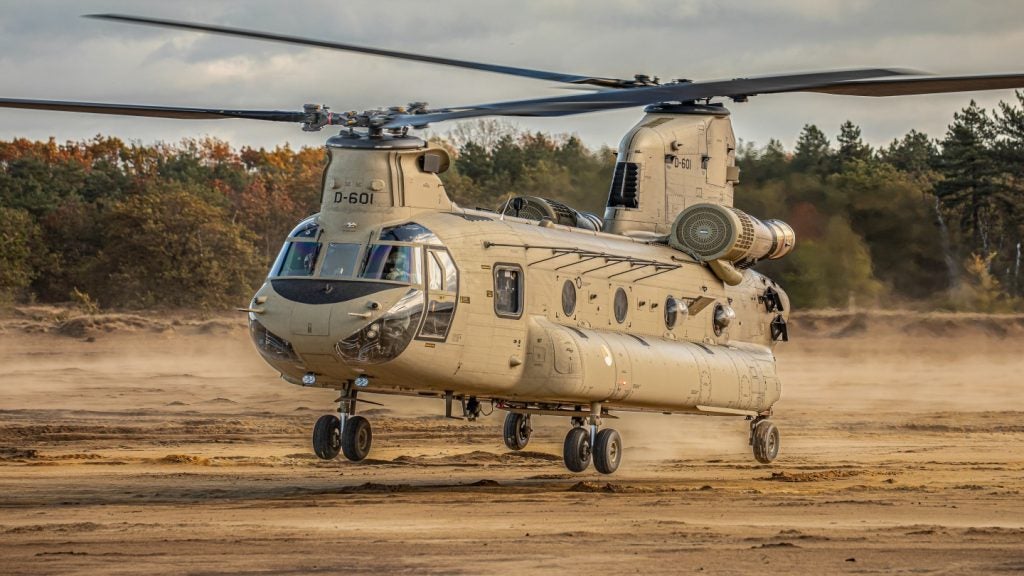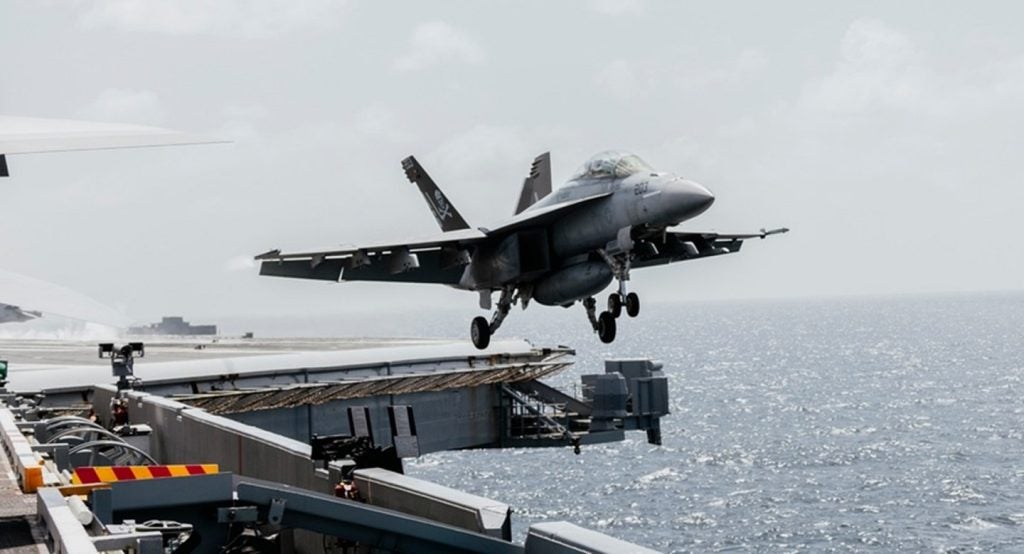
The rapid growth of the unmanned aerial vehicle (UAV) sector was demonstrated at the recent Paris Air Show, where a number of new vehicles were launched, and further underlined by Boeing’s announcement in June 2009 that it was launching a new unmanned airborne systems division to group the company’s drone projects to better compete for military contracts.
Boeing estimates the UAV market could be worth $160bn over the next ten years and plans to become a major player in the sector. Meanwhile Northrop Grumman estimates that in the skies over Iraq alone, the number of these robotic aircraft has jumped to more than 1,000 in the past few years.
US aerospace giants such as Northrop Grumman and General Atomics currently dominate the UAV sector with systems such as Global Hawk and Predator, and Israeli firms including Israel Aerospace Industries and Elbit Systems have also been successful. But some of the most interesting developments in the sector are emerging at small companies.
Aeroart of France, a startup company focused on the design and manufacture of unmanned aerial systems (UAS), officially launched the Featherlite, a low-cost and high-safety UAS, at the Paris Air Show in June. The Featherlite system, including the aircraft, ground control station and payload such as a video camera, costs just €7,900 and weighs only 1.5kg. Aeroart business development director Serge Versillé says interest in Featherlite systems has been much greater than Aeroart anticipated, with much of it coming from the civilian sector, although Featherlite does have military potential in terms of providing a low-cost training solution for operators.
Versillé says Featherlite has a wide range of civil applications in areas such as agriculture (the UAS is able to monitor crops and animals) and mining. The vehicle can also be used for firefighting. Critically, not only is Featherlite cheap, it is also safe, according to Versillé. He says even if the aircraft does crash, its low speed and weight mean it is unlikely to cause much damage.
Featherlite has almost certainly opened up new markets for unmanned aircraft, particularly in the civilian sector, where it may have fuelled interest in very low-cost and light vehicles.
How well do you really know your competitors?
Access the most comprehensive Company Profiles on the market, powered by GlobalData. Save hours of research. Gain competitive edge.

Thank you!
Your download email will arrive shortly
Not ready to buy yet? Download a free sample
We are confident about the unique quality of our Company Profiles. However, we want you to make the most beneficial decision for your business, so we offer a free sample that you can download by submitting the below form
By GlobalDataMilitary potential
In the military sector, the pace of technological progress is just as astonishing. In April 2009, Californian company Aerovironment said the US Defense Department had extended its research contract to design and build a flying prototype for the Nano Air Vehicle (NAV) programme. In June, Aerovironment said its Mercury NAV, a demonstrator that imitates winged creatures, had accomplished a technical first: the controlled hovering flight of an air vehicle system with two flapping wings that carries its own energy source and uses only flapping wings for propulsion and control.
The NAV programme is focused on developing an extremely small (less than 7.5cm), ultra-lightweight (less than 10g) air vehicle system with the potential to perform indoor and outdoor military missions, such as military reconnaissance in urban environments. Aerovironment’s small UAS products, including Dragon Eye, Raven, Wasp and Puma, are already used by the US military.
UAVs are already playing a critical role supporting ground forces in the wars in Iraq and Afghanistan. Over the next few years, however, their use is likely to become even more widespread. The US Navy rolled out its first combat UAV earlier in 2009. The ability of UAVs to provide 24-hour reconnaissance is clearly as appealing to the US Navy as it is to the US Army and Marines. UAVs will provide another layer of protection to the Navy’s carriers and enable carrier-borne aircraft to strike targets much further away.
Meanwhile, the US’s next-generation heavy bomber is likely to be a UAV. The 2018 Bomber, now being developed by Boeing and Lockheed Martin, will be a long-range penetrating aircraft that is flown autonomously by ground personnel. Such a bomber will have obvious advantages in terms of avoiding pilot fatigue. Development of the 2018 Bomber will continue under a bill passed in July 2009 by the Senate Armed Services Committee, despite the Obama administration’s plan to end the programme.
In the military sector, air-to-air combat appears to be the only area where the subject of UAVs remains taboo. Given the rapid pace of technological change in this area, it cannot be long before UAVs that are able to outfly and outfight piloted aircraft are in the skies. Predictions that human pilots will soon be obsolete have been around for decades. The rise of the UAV suggests that the dawn of pilotless flight has already broken.







